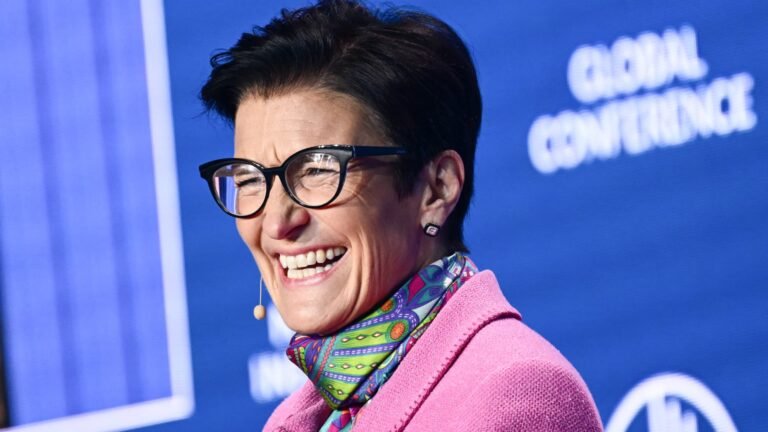
It has been a busy year for U.S. air travel. In the early days of the year, a Boeing 737 Max operated by Alaska Airlines experienced a door panel blowout, causing delays in jet deliveries. A federal judge blocked JetBlue Airways’ acquisition of Spirit Airlines, leading to Spirit filing for Chapter 11 bankruptcy protection later in the year.
The year also saw an activist campaign at a major U.S. carrier, a tech meltdown affecting summer travel, and the first significant U.S. airline merger since the Obama administration. FAA chief Mike Whitaker announced his resignation, leaving the agency without a leader. Airline CEOs advocated for more air traffic controllers and technology investment.
Carriers competed to attract premium customers, with Delta and United leading in profitability. The industry saw a reduction in U.S. flights to stabilize fares, while international travel remained strong. Overall, demand for air travel reached record levels, with optimistic outlooks for the following year.
Delta faced challenges due to a tech outage, while United expanded its network and introduced new amenities. Southwest Airlines made significant changes to its seating and cabin offerings. American Airlines made strategic shifts after facing setbacks in sales strategy.
Spirit Airlines encountered financial difficulties, leading to a Chapter 11 bankruptcy filing. JetBlue focused on cost-cutting measures to improve profitability. Alaska Airlines pursued a merger with Hawaiian Airlines and announced global expansion plans.
Frontier Airlines aimed to enhance its services and profitability, while Allegiant Airlines saw success with its cargo-flying contract with Amazon. Sun Country Airlines navigated challenges in its hotel business but reported positive results in its airline operations.







